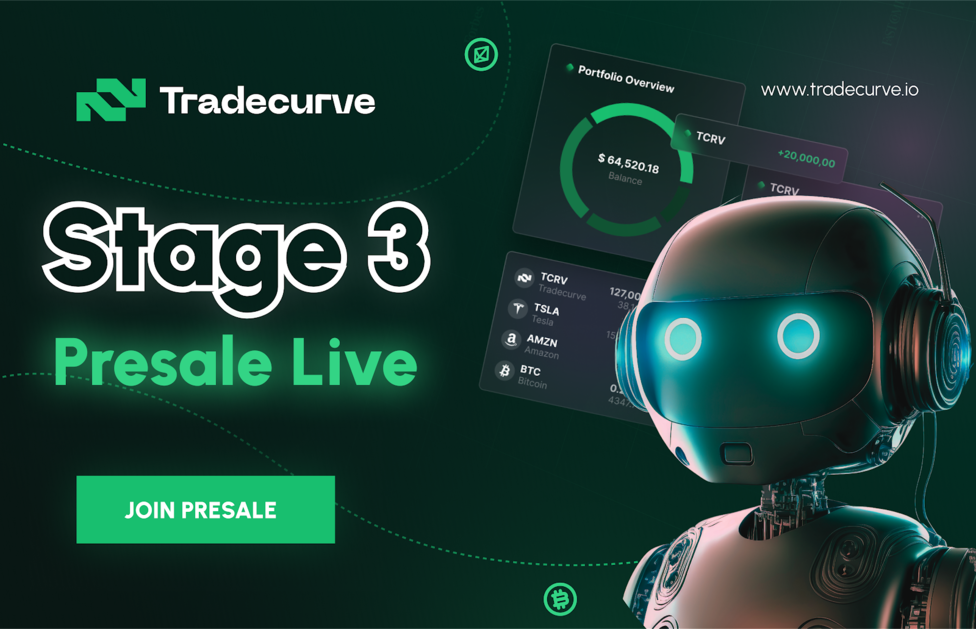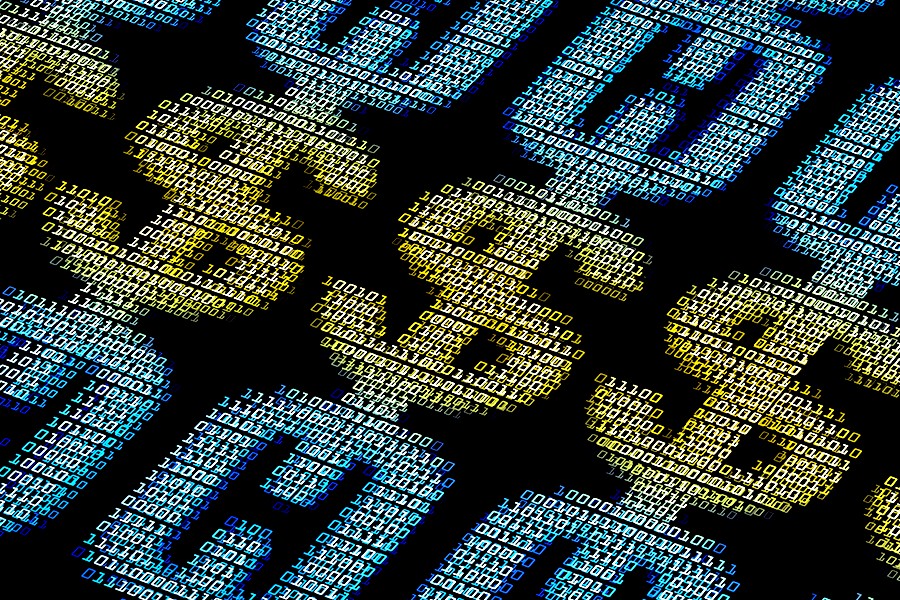Are NFTs dead? A brief look into the future of Crypto – CryptoMode



A decade ago, cryptocurrencies were exciting news. By 2021 they were all the rage, as was a Bitcoin worth hundreds of thousands of dollars, and NFTs were on everyone’s lips. Now the situation looks tougher.
Since many cryptocurrency projects have lost credibility and the global economy is headed for a recession, investors are withdrawing money from the crypto space into their real wallets and bank accounts. And more news about Metaverse and NFTs see the light of day, the more cautious they become about locking up a portion of their wealth in digital assets.
That said, it would be unfair to say that NFTs are officially dead. While the NFT market took a significant hit, it still has untapped potential. In addition, there are many active buyers and sellers who are highly invested in the community.
Here’s a deep dive into the current state of NFTs and what the future holds for them:
What’s the big deal about NFTs?
NFTs are digital assets stored on a blockchain. Unlike other digital assets, each NFT is unique and cannot be replicated. This quality makes them ideal for storing things like art, music and other forms of digital property.
The first NFT was created in 2014 on the Bitcoin blockchain. Since then, NFTs have exploded in popularity, with Open sea become the best platform to make and sell them.
In the past year, NFTs have been used to sell everything from digital art to virtual real estate. The most famous sale was Beeple’s “Everydays: the First 5000 Days”, which sold for over $69 million at Christie’s.
NFTs are a great way to tokenize real-world assets. We can use them in all kinds of applications, including in games, on the blockchain and on decentralized platforms.
Some of the most exciting real-world uses of NFTs include:
- Decentralized exchanges,
- Exchange card,
- collectibles,
- Virtual game objects,
- Virtual goods such as software products and digital media,
- Physical goods such as works of art or advanced products with special features or functionality.
The advantage of NFTs is that they can represent something as simple as a virtual cat or as complex as a piece of art. Furthermore, NFTs allow users to own the digital assets they purchase, meaning they can transfer them between devices, lend them to others, or sell them on an exchange.
Why are NFTs struggling?
The simple answer is that the hype around NFTs has died down and the market has become saturated. When NFTs were first introduced, they were a new concept with a lot of potential. Now there are so many NFTs on the market that it has become challenging to stand out.
As a result, prices of NFTs have fallen from all-time highs. For example, as mentioned above, Beeple’s “Everydays: The First 5000 Days” sold for over 69 million dollars at Christie’s. Since then, no NFT has reached this level.
At the same time, the Ethereum network is struggling to keep up with the demand for NFT transactions. Since most NFT drops use a first-come, first-served (FCFS) mechanism, only the earliest buyers have the chance to create an NFT. This has led to high transaction fees, which make buying and selling NFTs less attractive.
What does the future hold for NFTs?
The future of NFTs is uncertain. However, there are some potential scenarios:
1. The market can come back and reach new highs.
This scenario is unlikely, but not impossible. If the global economy improves and investors regain confidence in cryptocurrencies, demand for NFTs may increase. This situation will lead to higher prices and more transactions on the Ethereum network.
The bear market made everyone forget the potential of NFTs, but the hype is not dead. Some investors are still holding on to their tokens, hoping for a rebound in prices.
It can be a risky gamble, but it can also pay off if the market reverses course. And it is not uncommon for crypto markets to change course within weeks or days.
2. The market may stabilize at its current level.
The market is undoubtedly at its lowest point right now, both in terms of prices and the number of transactions. Many projects have failed to deliver on their promises, which adds a lot to the current bearish sentiment in the market.
As bulls recover from their long-term hibernation, they will likely try to push NFT prices back up. But they are unlikely to drive the market into a sustained rally once it bottoms.
The market has already cooled off from the highs and is unlikely to reach those levels again anytime soon. However, there may still be some growth as more people learn about and use NFTs.
3. The market may fall further.
Finally, the market may enter a deeper recession in the coming years. If the global economy deteriorates or investors lose confidence in cryptocurrencies, demand for NFTs may decrease.
NFTs have been one of the most hyped blockchain technologies of all time. But in reality they are far from keeping their promise. While Ethereum struggling with low transaction speeds and high fees, NFTs are not even close to being ready for mass adoption.
That being said, it is only a matter of time before a niche blockchain network emerges and gains traction. In such a scenario, NFTs can become part of the solution and provide a stable basis for new apps and platforms. However, if this does not happen, the crypto market is likely to suffer a severe blow, leading to the death of a number of blockchain projects.
To conclude
Although NFTs are a relatively new asset class, they have already carved a niche for themselves in the crypto space.
Currently, there are countless NFTs available in the market. This factor makes them one of the most successful blockchain technologies.
Also, NFTs have great potential in the digital asset market as they have a lot to offer. Many game developers have already integrated NFTs into their products, while others have created their own games with different mechanics based on NFTs.
That said, since their inception, these cryptoassets have been plagued by their own problems. Crypto scams, exchange hacks and the general market downturn have damaged their reputation and made them less attractive to investors.
However, many still believe in the potential of NFTs and one could argue that the best is yet to come for this market.
None of the information on this website is investment or financial advice and does not necessarily reflect the views of CryptoMode or the author. CryptoMode is not responsible for any financial losses incurred by trading on information provided on this website by its authors or customers. Always do your research before making any financial commitments, especially with third-party reviews, pre-sales and other opportunities.
























